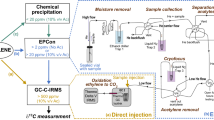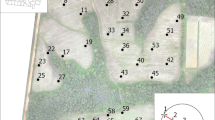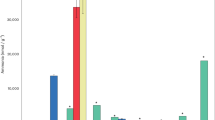Abstract
Standard texts dutifully list 16 essential elements for plant growth, yet the literature indicates that the boundary between essential and nonessential nutrients for plants is not always clear. When animals and 'lower' organisms are considered, the team of 16 is considerably expanded and the notion of essentiality is blurred. Why are some elements more important than others to plants and to organisms in general? Here I propose three criteria by which elements might have been selected in the development of organisms: low atomic weight, at least modest abundance, and ease of assembly into complex structures. Assembly of the structural elements C, N, S, P, and O is based on valency and ionic potential. The selection of monovalent elements (bar H^+^) and divalent elements (bar O2^-^) involves a trade-off between low atomic mass and low ionic potential. The essentiality of Mo and non-essentiality of As remain a problem for this model. This conceptual framework provides a basis for re-evaluating the function of an element in the nutrition of plants, animals and 'lower' organisms.
Similar content being viewed by others
Article PDF
Author information
Authors and Affiliations
Rights and permissions
About this article
Cite this article
Conyers, M. A conceptual framework for the evolutionary selection of biologically 'essential' elements. Nat Prec (2009). https://doi.org/10.1038/npre.2009.3223.1
Received:
Accepted:
Published:
DOI: https://doi.org/10.1038/npre.2009.3223.1



